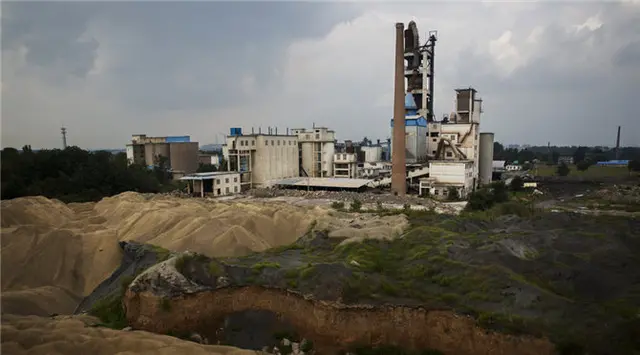One out of 10 South Korean companies became a chronic "zombie" firm as they were not able to repay even borrowing costs with earnings, a central bank report showed Tuesday.
The number of chronic zombie firms reached 2,561 in 2014, accounting for 10.6 percent of the total, according to a Bank of Korea analysis of firms subject to external audit.
The central bank said in its semiannual financial stability report that the 2014 figure was up from 1,851 companies, or 8.2 percent of the total, tallied in 2009.
The zombie firm refers to a marginal company incapable of repaying even interest with operating profits for three straight years, indicating the ratio of operating profit to interest costs hovering below 100 percent.
The chronic zombie firm means a company belonging to the zombie group more than twice in the past 10 years.
The chronic zombie ratio for large corporations gained from 6.6 percent in 2009 to 10.8 percent in 2014, and the figure for small firms increased from 8.5 percent to 10.6 percent.
The rising pace of chronic zombie firms was fast in the construction, transport, shipbuilding and steel industries.
The maintenance of the low-profitable companies was attributed to public funds offered by state-run lenders such as the Korea Development Bank and the Export-Import Bank of Korea.
Credit line, provided by state-run lenders and public financial institutions, totaled 43.7 trillion won (37.2 billion U.S. dollars) as of end-June, up from 22.8 trillion won in 2011.
In case of external shock on the zombie firms, the ramifications would spread into financial institutions and cause instability in the overall financial system.
Risks also increased for South Korean companies to face a temporary liquidity crisis, especially among large firms, in case of higher interest rates.
The percentage of risky firms to the total companies subject to external audit declined from 21.2 percent in 2009 to 15.9 percent in the first half of 2015.
However, the portion of risky debts, borrowed by risky firms, made up 21.2 percent of the total corporate debts in the first half of 2015, up from 16.9 percent in 2009 when the global financial crisis peaked.
The lower ratio of risky firms and the larger portion of their risky debts indicated large corporations mainly facing a growing risk of temporary liquidity crisis.
Risky firms refer to a company having both the liquidity ratio and the ratio of operating profit to borrowing costs below 100 percent.
The number of risky firms and the portion of risky debts are feared to surge in case of higher borrowing costs or slower economic growth.
The central bank is widely expected to keep the benchmark interest rate on hold at the all-time low of 1.5 percent for the time being, but it may come under pressures next year to tighten its monetary policy as the U.S. Federal Reserve started in December to normalize its policy rate.
According to a central bank stress test on effects of slower growth and higher rates, the rate of risky firms and risky debts would rise by 2.4 percentage points and 1.8 percentage points, respectively, when the country's GDP growth slows by 1 percentage point over a year.
If borrowing costs in the corporate market rise by 1 percentage point over a year, the ratios of risky firms and risky debts are estimated to grow by 2.9 percentage points and 2.1 percentage points, respectively.
 简体中文
简体中文

